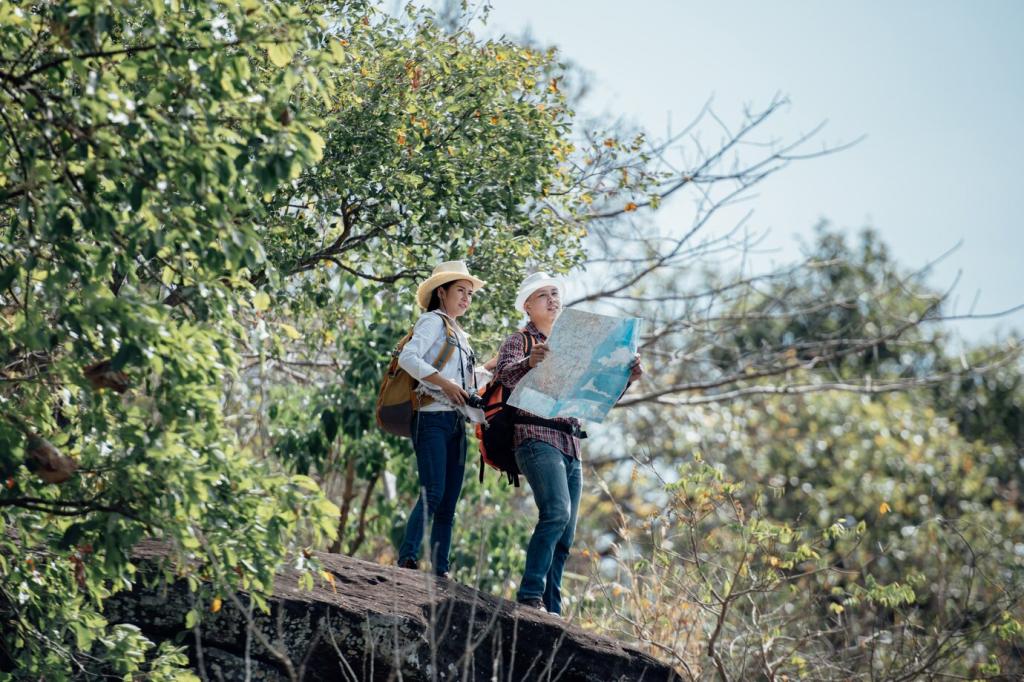
Sustainable Fabrics: Best Choices for Travelers
Our chosen theme today: Sustainable Fabrics: Best Choices for Travelers. Pack lighter, move smarter, tread softer. Discover materials that breathe, resist odors, dry fast, and respect the planet—then share your packing wisdom in the comments and subscribe for fresh, fabric-savvy travel insights.
Why Fabric Choices Matter on the Road
Footprint per Wear
The most sustainable garment is the one you wear often. Durable fabrics like merino, hemp, and quality recycled fibers stretch to fifty wears or more, slashing impact per use. Think in wears, not seasons, and tell us how many trips your favorite tee has survived.

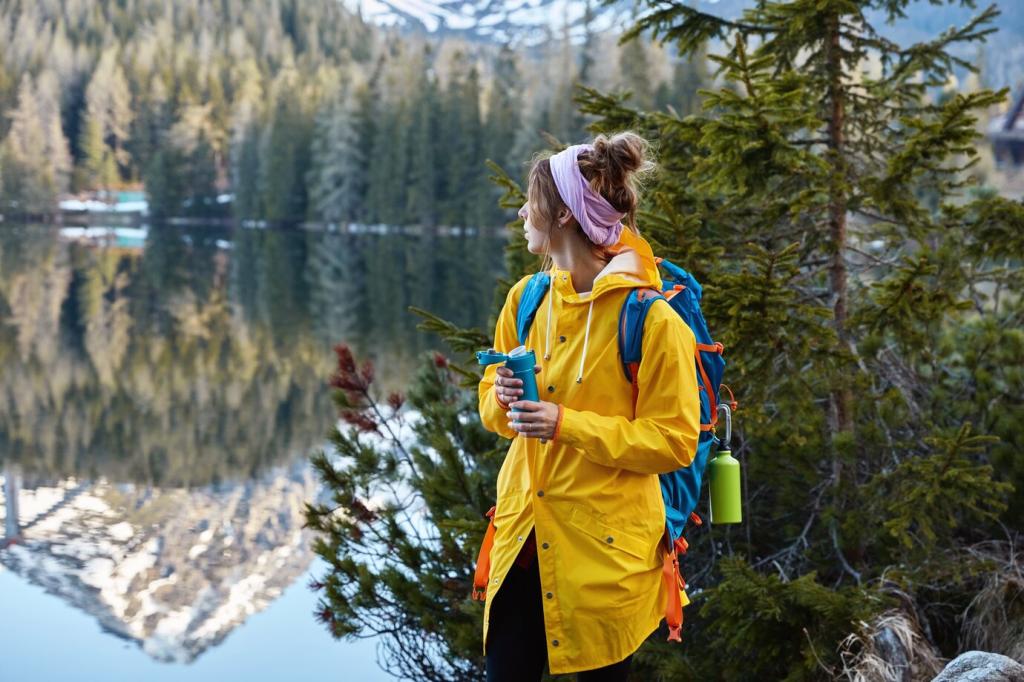
Comfort Across Climates
From alpine sun to subway humidity, fabric performance matters. Merino moderates temperature and odor, linen and hemp breathe beautifully, and TENCEL lyocell stays cool against skin. Share your toughest climate combo, and we will help match a fiber blend that wins the day.
Top Sustainable Fabrics for Travel Packs
Soft, thermoregulating, and naturally odor-resistant, merino handles city commutes and multi-day hikes with equal grace. Fewer washes mean less water, less hassle, and more adventure time. Tell us your longest merino stretch between laundries—bonus points for extreme layover tales.
Top Sustainable Fabrics for Travel Packs
Linen and hemp excel in hot, sticky places thanks to airy weaves and moisture-wicking fibers. They soften with wear, resist UV, and dry faster than many cotton options. Have you braved desert bazaars or equatorial buses in linen? Share how it handled the heat.

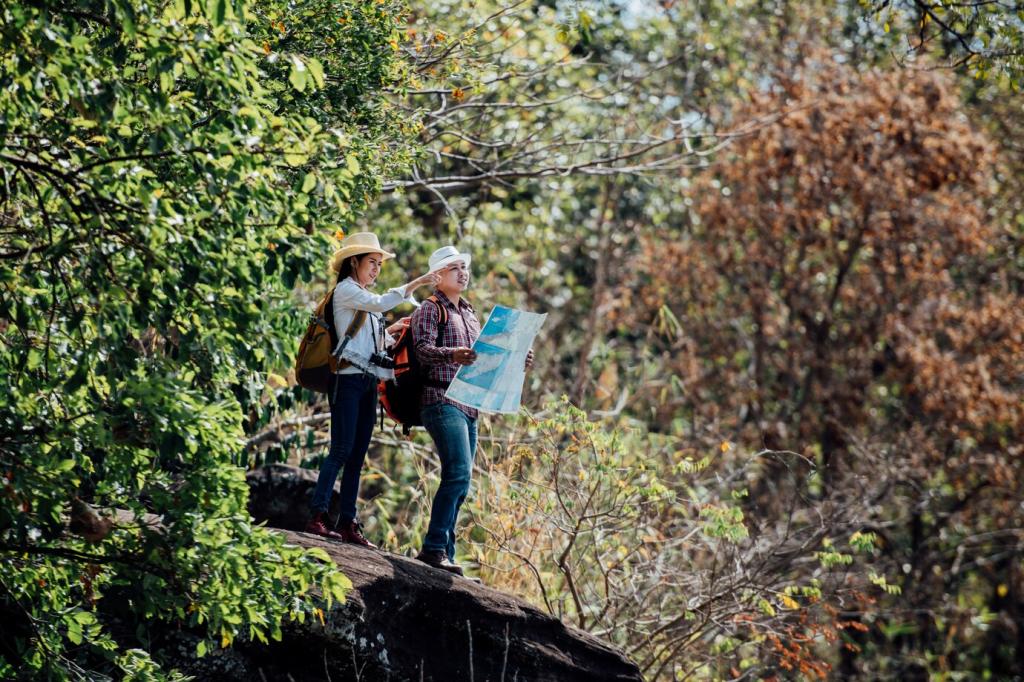
Smart Synthetics and Recycled Options
Recycled polyester mid-layers hold shape, dry quickly, and layer cleanly under shells. Choose heavier knits for warmth or featherweight meshes for breathability. If you rely on a single recycled fleece for chilly red-eye flights, tell us how it performs from gate to gate.
Smart Synthetics and Recycled Options
Regenerated nylon, often sourced from ocean or industrial waste, brings stretch and abrasion resistance to swimwear and wind shells. It packs tiny and rebounds after long days in a stuffed bag. What coastline or canyon tested your regenerated nylon the hardest? Report back below.


Certifications That Actually Mean Something
The Global Organic Textile Standard checks environmental and social criteria across the entire chain. GOTS organic cotton tees usually last longer and feel better against skin. Spot a GOTS tag on your favorite travel basic? Share where you found it and how it holds up.
Certifications That Actually Mean Something
OEKO-TEX tests finished textiles for harmful substances, while bluesign audits inputs and processes for cleaner production. Together, they reduce irritants and wastewater. If your rash-prone skin calmed down after switching to these labels, your experience could guide another traveler today.



Field Notes: Stories From Real Trips
A reader layered a light merino tee under a recycled-nylon shell for a sunrise trek. No clammy chill, no wet-dog odor after breakfast climbs. If altitude tested your layers, share what combination kept you warm without turning sweaty switchbacks into a sauna.
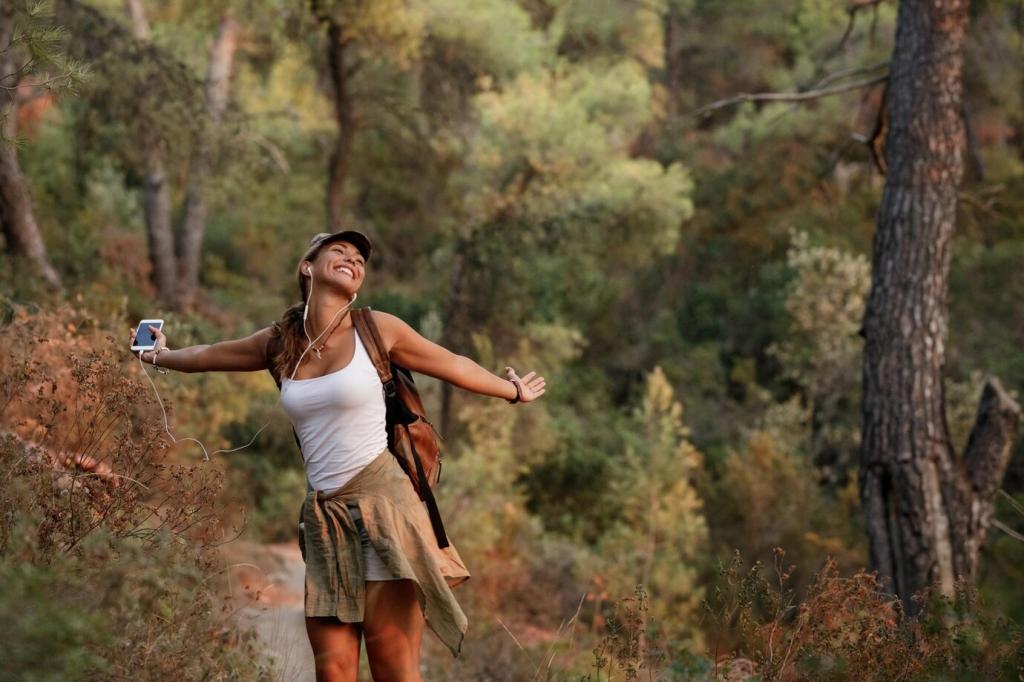
Field Notes: Stories From Real Trips
TENCEL shorts and a hemp shirt dried between storms with a single fan, while cotton socks sulked for hours. The lesson: airflow-friendly fabrics win tropical downpours. Have you improvised a drying rig in humid chaos? Tell us exactly what worked and what failed miserably.
How to Vet Brands Without Greenwashing
Seek fiber breakdowns, factory locations, and third-party audits rather than vague claims. Real impact reports beat glossy slogans. If a brand answered your tough questions about dye houses or wastewater, tell us what you asked and how their transparency earned your trust.
How to Vet Brands Without Greenwashing
QR codes, batch numbers, and supplier lists help you verify origin and processing. Traceability reduces risk of surprises later. Have you scanned a hangtag that mapped a garment’s journey? Share what you learned about the farm, the mill, and that final stitching floor.

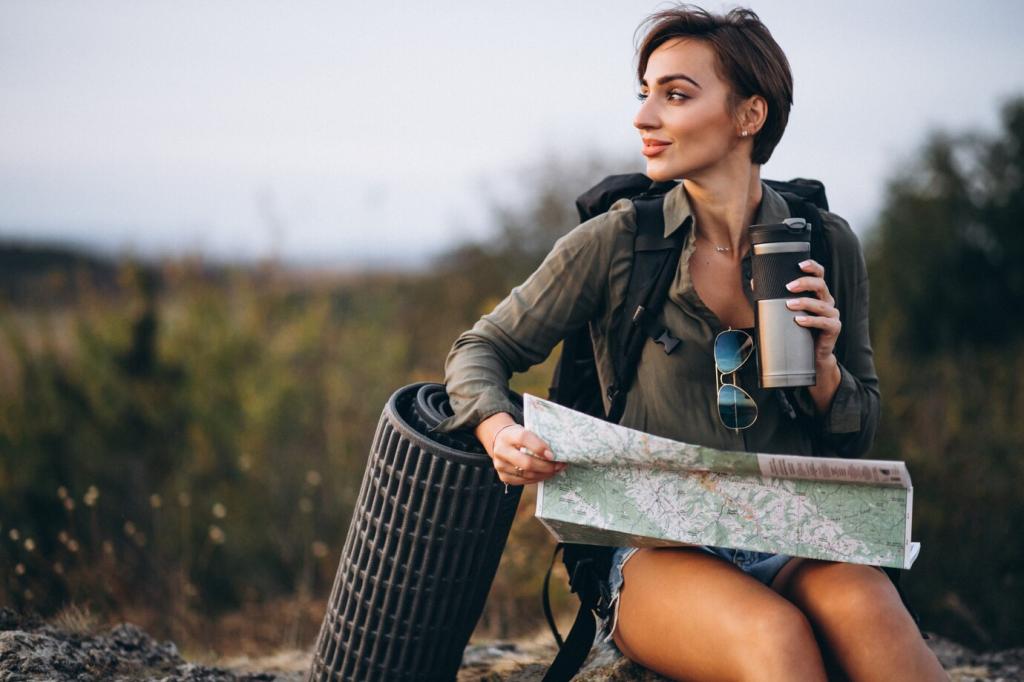
Join the Journey: Share and Subscribe
What single garment pulled triple duty on your last trip? Post the fabric, weight, and weather story so others can learn. We feature standout tips in future posts, crediting your handle and itinerary—help fellow travelers pack smarter with every mile.

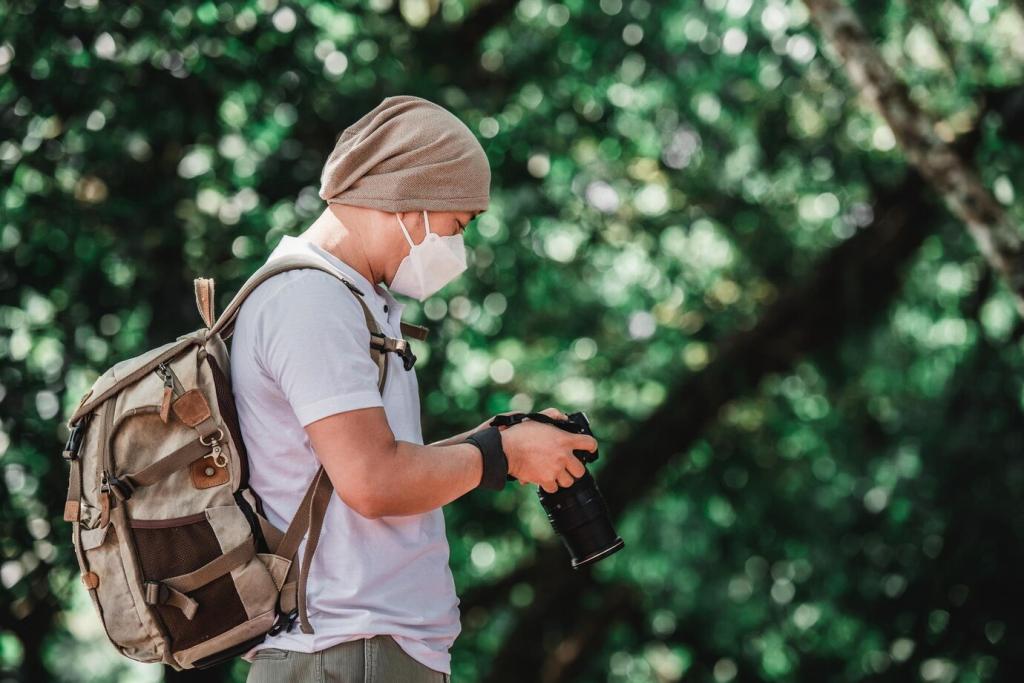
Join the Journey: Share and Subscribe
Before purchasing, ask your circle to swap or borrow—especially for niche climates. Renting specialized layers reduces cost and waste. Share your local swap groups or favorite lending rituals, and inspire a traveler nearby to keep another garment in circulation longer.
